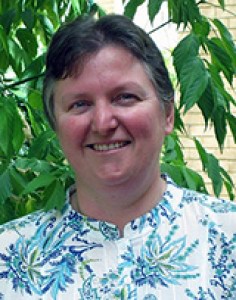Now published, see the full article 
Early Abstract:
Introduction: Access to medical services for rural communities is poorer than for metropolitan communities in many parts of the world. One of the strategies to improve rural medical workforce has been rural clinical placements for undergraduate medical students. This study explores the workforce outcomes of one model of such placements – the Longitudinal Integrated Clerkship (LIC) – delivered in year 4, the penultimate year of the medical course, as part of the rural programs delivered by a medical school in Victoria, Australia. The LIC involved student supervision under a parallel consulting model with experienced rural generalist doctors for a whole year in small community rural general practices.
Methods: This study aimed to compare the work locations (regional or more rural), following registration as a medical practitioner, of medical students who had completed one year of the Longitudinal Integrated Clerkship (LIC), with firstly, students who had other types of rural training of comparable duration elsewhere, and secondly, students who had no rural training. Study participants commenced their medical degree after 2004 and had graduated between 2008 and 2016 and thus were in postgraduate year 1-9 in 2017 when evaluated. Information about the student training location/s, and duration, type, and timing of training was prospectively collected from University administrative systems. The outcome of interest was the main work location in 2017, obtained from the Australian Health Practitioner Regulation Agency’s public website.
Results: Students who had undertaken the year 4 LIC along with additional rural training in years 3 and/or 5 were more likely than all other groups to be working in smaller regional or rural towns, where workforce need is greatest (relative risk ratio (RRR) 5.62, 95% CI 2.81-11.2, compared with those having metropolitan training only). Non-LIC training of similar duration in rural areas was also significantly associated, but weaker, with smaller regional work location (RRR 2.99, 95% CI 1.87-4.77). Students whose only rural training was the year 4 LIC were not significantly associated with smaller regional work location (RRR 1.72, 95% CI 0.59 – 5.04). Overall after accounting for both LIC and non-LIC rural training exposure, rural work after graduation was also consistently positively associated with rural background, being an international student and having a return of service obligation under a bonded program as a student.
Conclusion: This study demonstrates the value of rural LICs, coupled with additional rural training, in contributing to improving Australia’s medical workforce distribution. Whilst other evidence has already demonstrated positive educational outcomes for doctors who participate in rural LIC placements, this is the first known study of work location outcomes. The study provides evidence that expanding this model of rural undergraduate education may lead to a better geographically distributed medical workforce.




